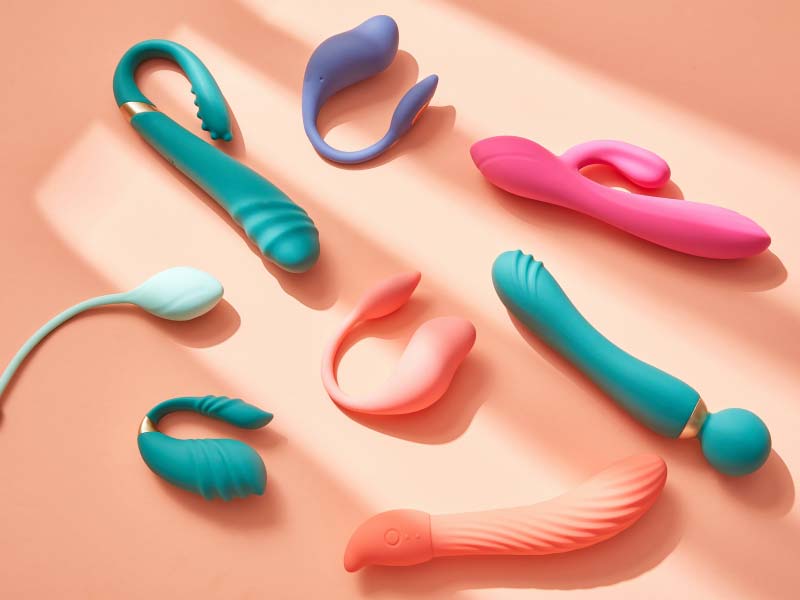
Body-Safe Sex Toys:
How to Choose Body-Safe Materials
By Tabitha Britt w/ FemmeFunn
Sepember 26, 2024
Buying sex toys can be an exciting and empowering experience, but it’s important not to let the orgasm enthusiasm cloud your judgment.
Hundreds of sex toys, online and even in-store, are made with harmful materials that can cause everything from skin irritation to infertility to cancer (yes, really). Anything that isn’t phthalate-free, BPA-free, or non-porous poses potential health risks.
What does “body-safe” actually mean?
“Body-safe” isn’t just a trendy wellness term—when it comes to sex toys, this descriptor could mean the difference between a safe, pleasurable experience and a potentially risky one that could lead to irritation, infection, or worse.
“Body-safe sex toys are ones that are free from harmful chemicals like BPAs and phthalates and that are non-porous,” says Suzannah Weiss, resident sexologist for Fleshy and author of Subjectified: Becoming a Sexual Subject. “Silicone, glass, and stainless steel are all typically safe materials.”
A quick note on phthalates and BPA
Phthalates are a group of man-made chemicals found in thousands of products, like toys, packaging, and personal care items. These chemicals help make plastics soft and flexible, but they’ve been linked to hormone disruption, fertility issues, and other health concerns.
Bisphenol A (BPA) is another chemical used to make polycarbonate plastics and epoxy resins—America’s been using it to manufacture plastic since the 60s. This chemical can be found in everything from food containers to baby bottles to sex toys.
Bottom line: These chemicals should be avoided, especially if you plan to use a product on your intimate bits.
Here are a few examples of materials that might contain phthalates or BPA:
Jelly or rubber
Tons of dildos and other toys are made from this inexpensive, porous material. Not only are they a pain to clean, but that porous exterior can harbor bacteria, and the cheap construction often gives them a strong plastic smell. These are all red flags for a low-quality toy. If you’re on a budget, jelly or rubber toys might seem tempting, but it’s best to avoid them.
“Rubber can cause problems because it’s porous [meaning it can house bacteria], can cause allergic reactions, and can contain phthalates," says Weiss. “Some toys also contain similarly toxic, endocrine-disrupting chemicals called BPAs,” she adds. “Look for the labels ‘phthalate-free’ and ‘BPA free.’”
PVC or vinyl
Thermoplastic rubber (TPE) and polyvinyl chloride (PVC) are other plastic-based materials that may contain phthalates. Even if the packaging says “phthalate-free,” these toys might be made with other harmful chemicals like phenol, carbon disulfide, toluene, and cadmium.
Again, if your sex toy smells like a set of brand-new shower curtains, that’s a pretty good indication it’s not body-safe.
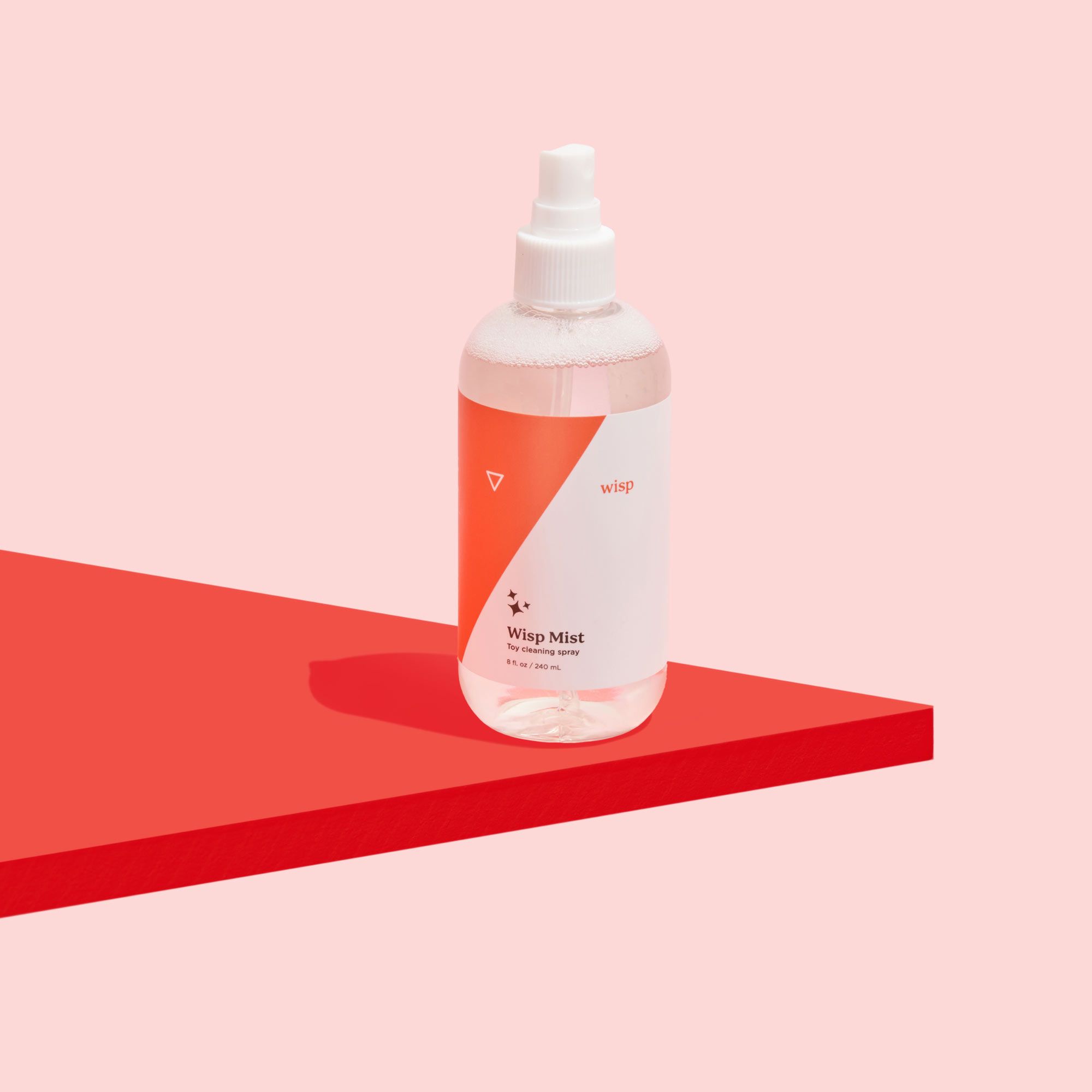
Wisp Mist Toy Cleaning Spray
Starting at $12
A gentle cleanser safe for toys and your most sensitive skin. Alcohol and silicone-free.
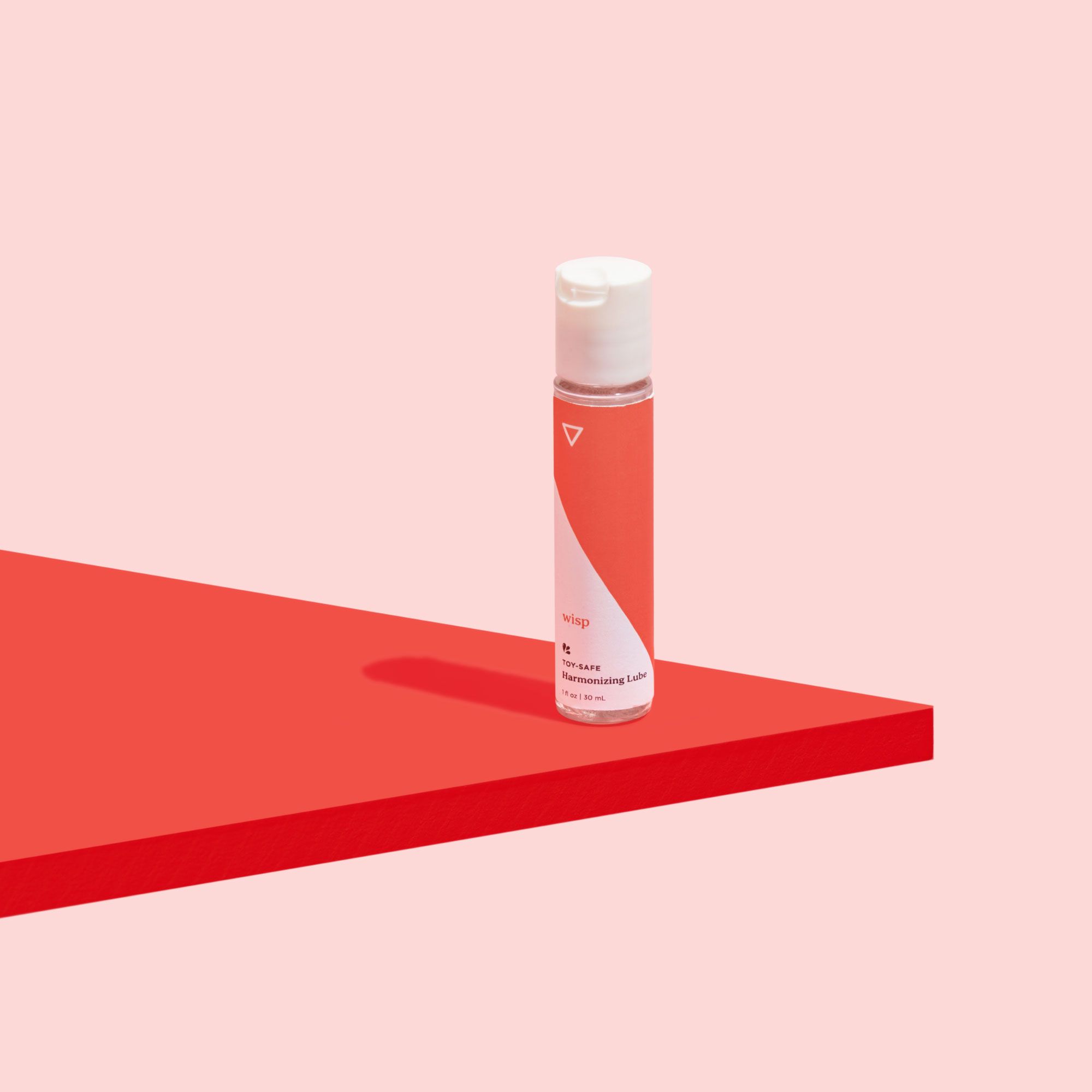
Toy-Safe Harmonizing Lube
Starting at $12
A hybrid formula that works with your favorite silicone toys.
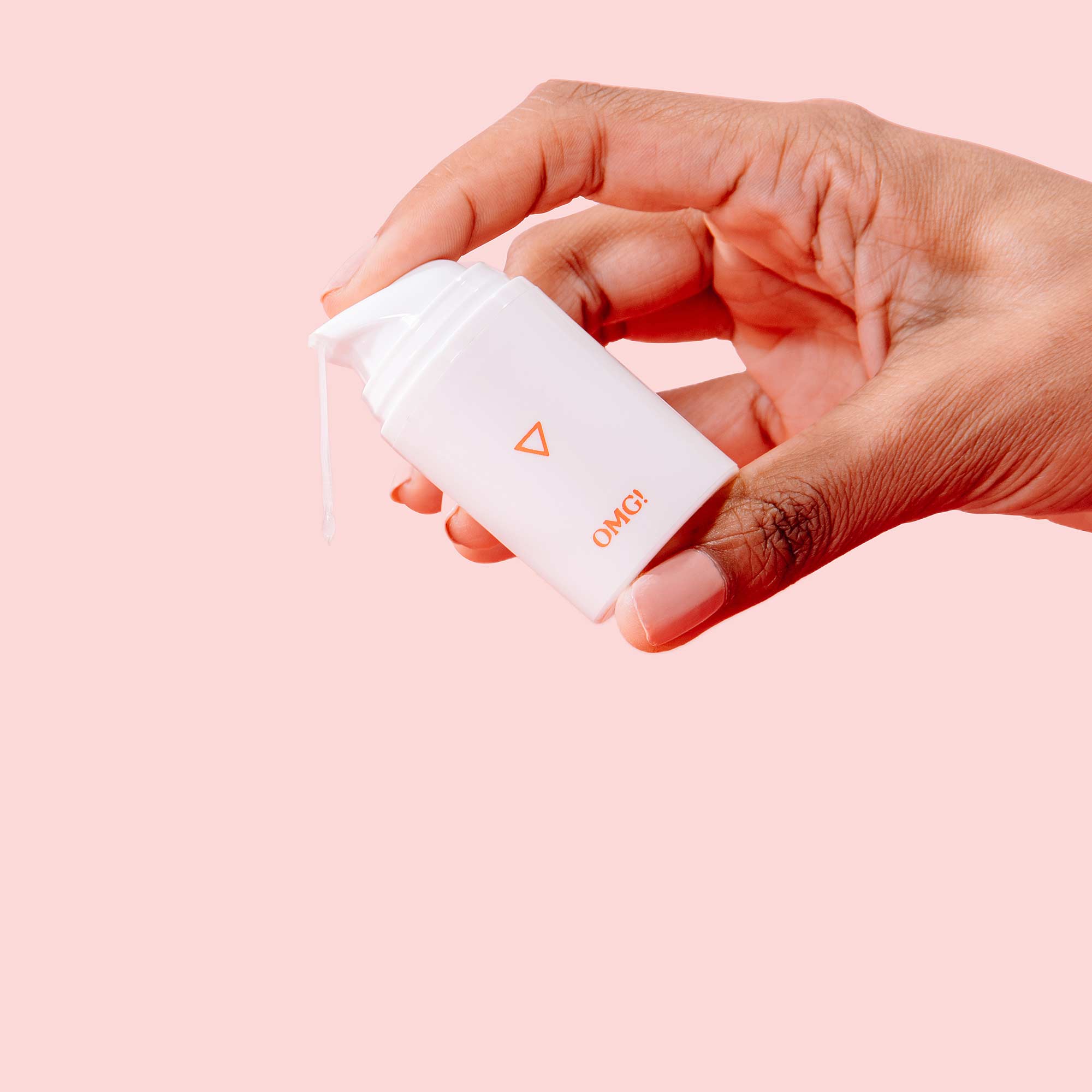
OMG! Cream for Female Arousal
Starting at $11
A topical cream that helps increase blood flow to the clitoris using Sildenafil (generic Viagra).
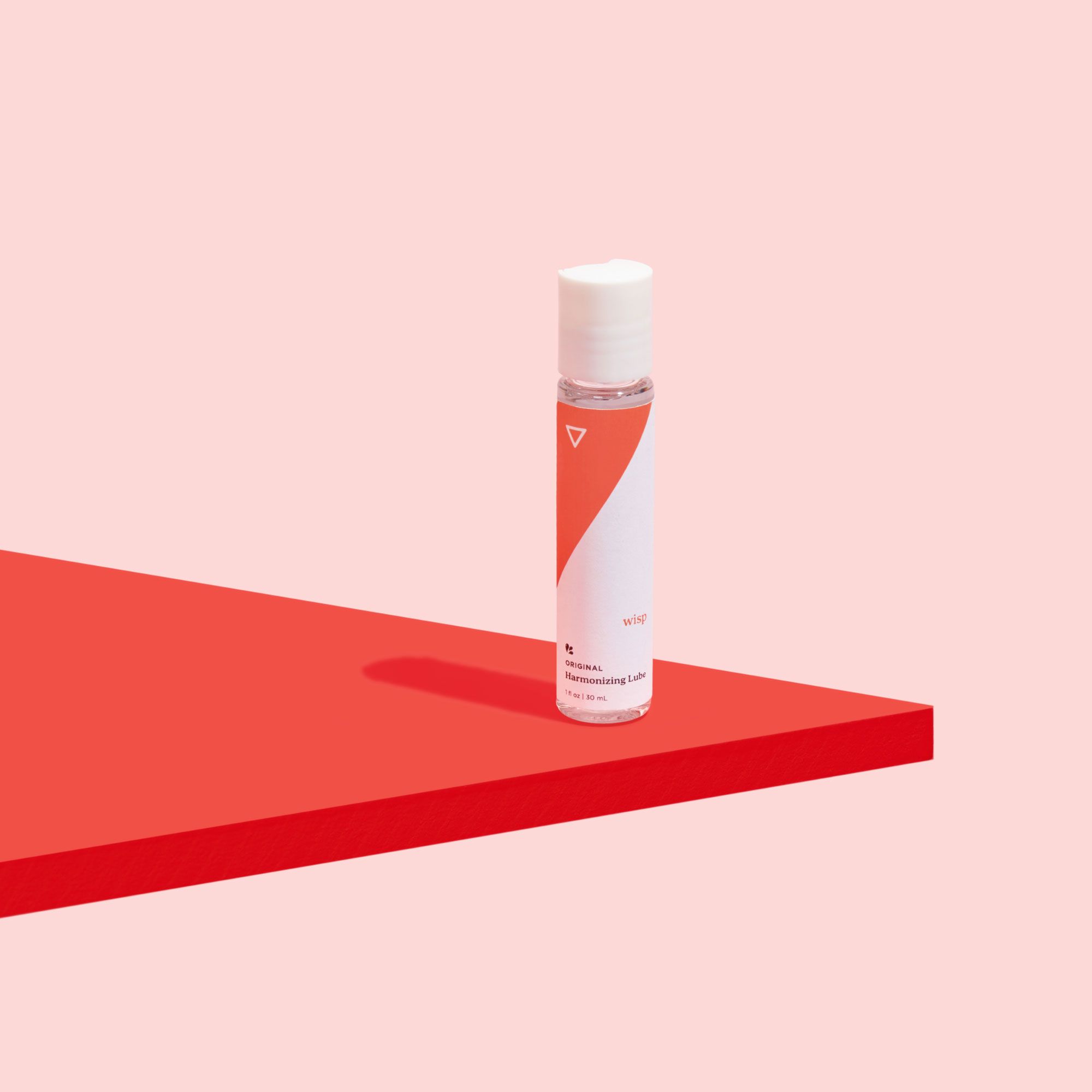
Original Harmonizing Lube
Starting at $10
Silicone-based to reduce friction and make sex easier, more pleasurable, and more fun.
How to find body-safe sex toys
Shopping for body-safe sex toys might take a little more due diligence than browsing Amazon’s best sellers, but it’s definitely worth the extra effort.
Here are a few tips for finding safe, high-quality sex toys:
- Look for a “body-safe” label: It’s not always going to be this easy, but if you see the words "phthalate-free," "BPA-free," "non-porous," or “body-safe,” you’re on the right track.
- Check the materials: As Weiss says, silicone, glass (borosilicate glass), and stainless steel are usually safe bets. If you see any of the hard-to-pronounce chemicals mentioned earlier, put it back on the shelf (or remove it from your cart).
- Avoid the term “silicone blend”: Retailers often use the word “blend” to avoid disclosing the full list of materials that are in a product. This could mean it’s a mix of silicone and other potentially unsafe chemicals.
- Go seamless: Toys without visible seams (e.g., nooks and crannies that can harbor bacteria) are less likely to harbor bacteria. FemmeFunn’s Ultra Bullet, for example, was the world’s first all-silicone, seamless bullet vibrator.
- Read customer reviews: Scan customer reviews for any mentions of irritation, bad smells, or reactions. If other buyers had issues, take that as a sign to move on.
- Opt for a California-based brand: California actually has stricter regulations around toxic chemicals in consumer products than the federal government. California Proposition 65 requires all consumer products sold in the state to plaster clear warning labels about any known carcinogens or reproductive toxins they may contain. This means you’ll definitely know if a product has the potential to be unsafe because it will say so right on the box!
“If you're going to use something in, on, or near an intimate part of your body, it's worth it to invest in something that's body-safe,” says Weiss. “It's a way of sending your body the message that it’s worth taking care of—plus, body-safe toys tend to be higher-quality and longer-lasting overall.”
